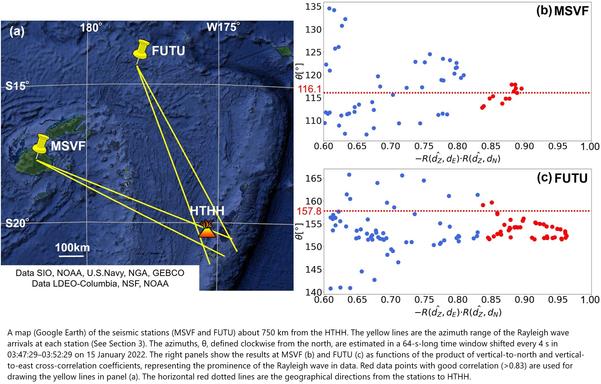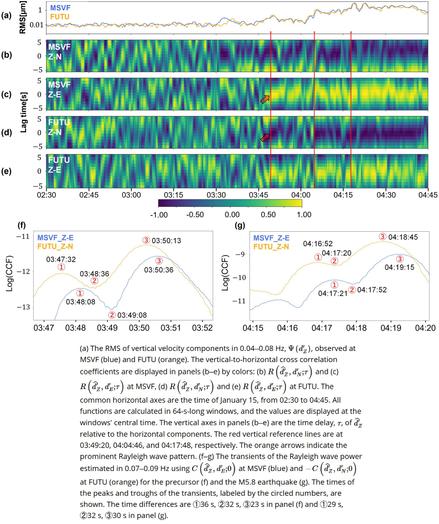A Seismic Precursor 15 Min Before The Giant Eruption Of Hunga Tonga-Hunga Ha'apai Volcano On 15 January 2022
--
https://doi.org/10.1029/2024GL111144 <-- shared paper
--
"KEY POINTS:
• The volcano generated Rayleigh waves about 15 min before the giant eruption with no apparent surface activity
• These waves dominated in 0.03–0.1 Hz with amplitudes comparable to the amplitude of M4.9
• Seismic stations 750 km from the volcano and appropriate data analyses allowed [them] to capture precursors of the catastrophic eruption..."
#geology #seismology #tonga #volcano #eruption #vulcanism #HungaTonga #RayleighWave #earthquake #precursor #remotesensing #imagery #satellite #HTHH #model #modeling #spatialanalysis #spatiotemporal #caldera #seismicstation #monitoring #naturalhazard #naturaldisaster #risk #hazard #engineeringgeology
#RayleighWave
Client Info
Server: https://mastodon.social
Version: 2025.04
Repository: https://github.com/cyevgeniy/lmst



